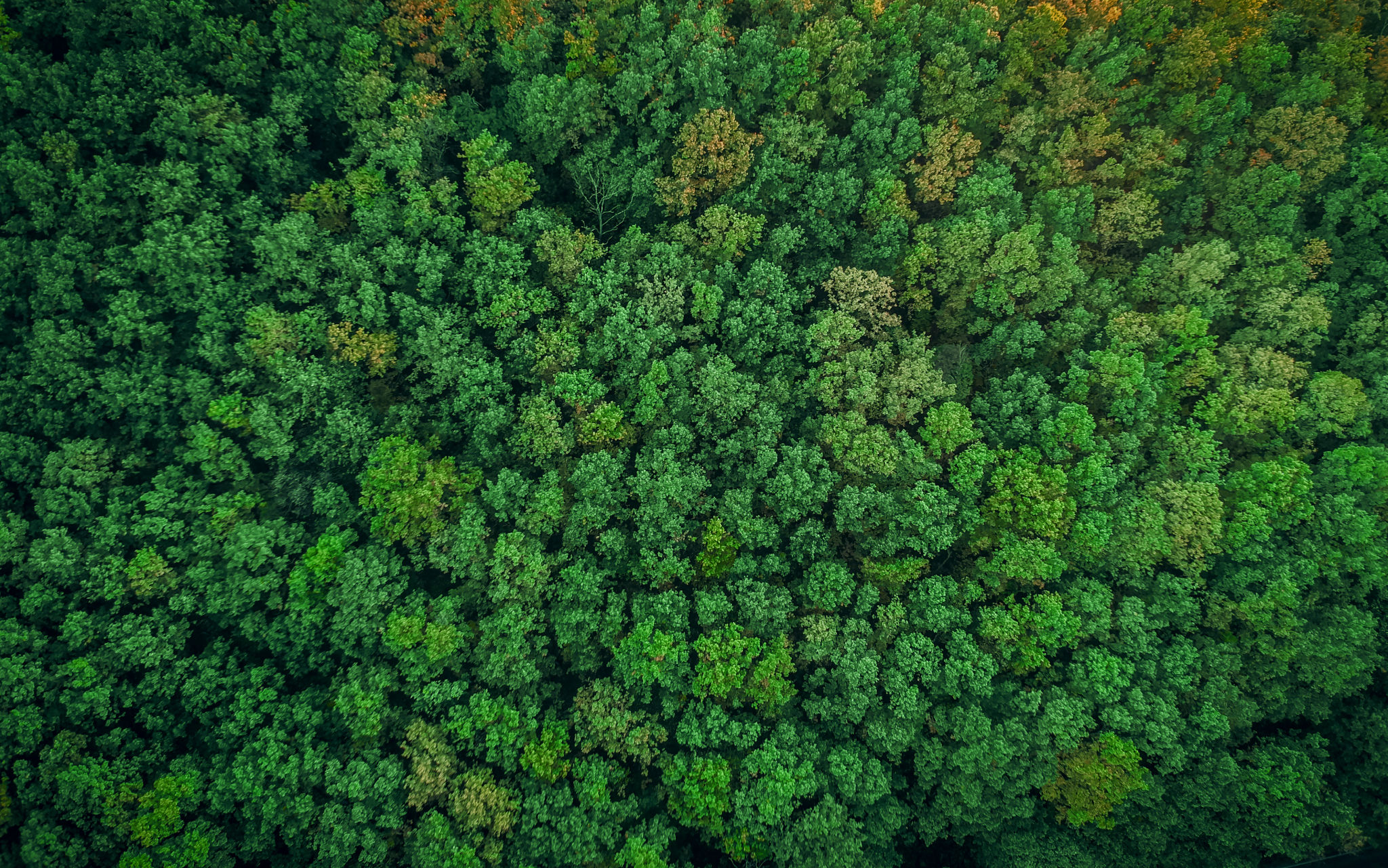Expert Insights: Navigating Washington State's Green Building Regulations
Understanding Washington State's Green Building Regulations
In recent years, Washington State has emerged as a leader in sustainable construction practices. The state's commitment to reducing its carbon footprint is evident through its stringent green building regulations. For developers and builders, understanding these regulations is crucial to ensure compliance and contribute to a more sustainable future.

Washington's green building codes are designed to promote energy efficiency, reduce waste, and minimize environmental impacts. These regulations encompass various aspects of construction, from material selection to energy consumption. Navigating them may seem daunting, but with the right insights, builders can effectively integrate these practices into their projects.
Key Components of the Regulations
The primary focus of Washington's green building regulations is on energy efficiency. Builders are encouraged to utilize advanced technologies and design strategies that reduce energy use. This includes the implementation of high-performance insulation, energy-efficient lighting, and HVAC systems.
Another critical aspect is the use of sustainable materials. The regulations encourage the use of recycled or locally sourced materials to minimize the environmental impact of construction. Additionally, water conservation is a significant factor, with guidelines promoting the use of low-flow fixtures and efficient irrigation systems.

The Role of Certifications
Certifications play a vital role in demonstrating compliance with Washington State's green building regulations. Programs such as LEED (Leadership in Energy and Environmental Design) provide frameworks for measuring building sustainability. Achieving certification can enhance a project's marketability and demonstrate a commitment to environmental stewardship.
Builders may also consider pursuing other certifications like the Living Building Challenge or Energy Star. These programs offer additional avenues for showcasing a project's sustainability and can provide competitive advantages in the marketplace.
Challenges and Solutions
While adhering to green building regulations can present challenges, there are solutions available to overcome them. One common hurdle is the initial cost of implementing sustainable practices. However, these investments often lead to reduced operational costs over time, resulting in long-term savings.

Another challenge is staying updated with evolving regulations. Partnering with experienced consultants and attending workshops can provide valuable insights and keep builders informed of changes. Collaboration with local government agencies can also facilitate smoother project approval processes.
The Future of Green Building in Washington
As Washington State continues to prioritize sustainability, the future of green building looks promising. New technologies and innovations are continually being developed to enhance energy efficiency and reduce environmental impact. Builders who embrace these advancements will be well-positioned to lead in this evolving industry.
Ultimately, understanding and navigating Washington State's green building regulations not only ensures compliance but also contributes to a healthier environment and community. By adopting these practices, builders can play a significant role in creating a more sustainable future for everyone.
